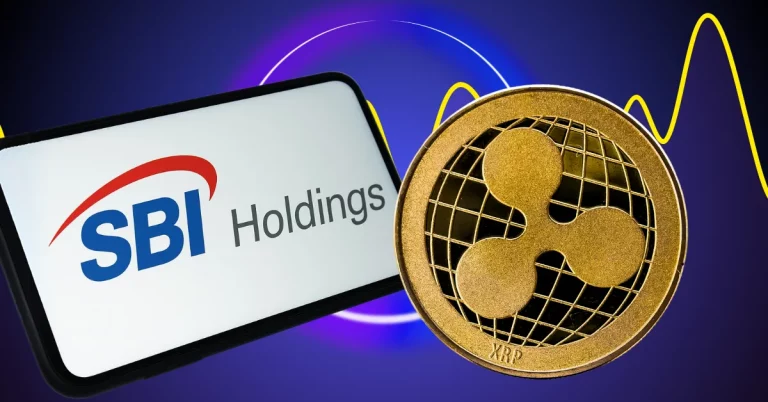
Spot ETFs: The ‘DAT Killers’
The cryptocurrency investment landscape is shifting significantly as Spot Exchange-Traded Funds (ETFs) emerge as a more streamlined, cost-effective alternative to Digital Asset Treasuries (DATs). Spot ETFs, referred to by some experts as ‘DAT killers,’ offer investors cleaner exposure to digital assets without the structural inefficiencies of traditional crypto treasuries.
The Challenges Faced by Digital Asset Treasuries
Digital Asset Treasuries have traditionally allowed investors indirect exposure to cryptocurrencies by holding them on their balance sheets. However, analysts, such as Bitwise Chief Investment Officer Matt Hougan, point out their inherent structural issues. DATs are frequently discounted because they don’t provide direct ownership of the underlying assets. Moreover, three key challenges—illiquidity, expenses, and operational risks—continue to impact their valuation.
1. Illiquidity: DATs typically require investors to pay for Bitcoin or similar assets upfront but delay granting access, lowering their appeal.
2. Expenses: Operating costs, including salaries and administrative overhead, often eat into crypto-per-share value over time.
3. Risks: Execution mistakes, market volatility, and unforeseen losses can harm both short-term and long-term valuations.
Why Investors Are Pivoting Towards Spot ETFs
In contrast, Spot ETFs provide a more direct and cleaner approach to crypto investments. ETF specialist Nate Geraci notes that Spot ETFs eliminate investor friction by offering precise exposure to cryptocurrencies without the added risks tied to treasury-style models. Notably, they simplify the investment process with fewer moving parts and cleaner tracking of asset performance.
For example, the VanEck Digital Assets ETF is a prominent option gaining traction among investors looking for reliable and secure exposure to Bitcoin and other cryptocurrencies.
Upcoming Regulatory Changes and Market Evolution
Adding further pressure on DATs are the ongoing regulatory shifts, like those suggested by MSCI, which are already threatening to exclude crypto-heavy companies from major indexes. This could lead to billions in passive outflows, further strengthening the case for ETFs.
Regulatory clarity expected by 2026 could determine how these financial instruments coexist. Hougan also emphasizes the continued advancement of key crypto assets like Ethereum (ETH), Ripple (XRP), and Uniswap (UNI), suggesting the crypto industry might see renewed investor interest once clearer rules are in place.
A Closing Note on the Future of Crypto Investments
While both DATs and Spot ETFs serve the same overarching goal of offering cryptocurrency exposure, the simplicity, precision, and lower risk profile of ETFs position them as a highly attractive proposition for investors. As the market navigates these changes, staying informed about trends, emerging tools, and upcoming regulations will be crucial for both novice and seasoned investors.
Disclaimer: This article is informational and does not constitute financial advice. Always conduct thorough research before engaging in any investment activities.



